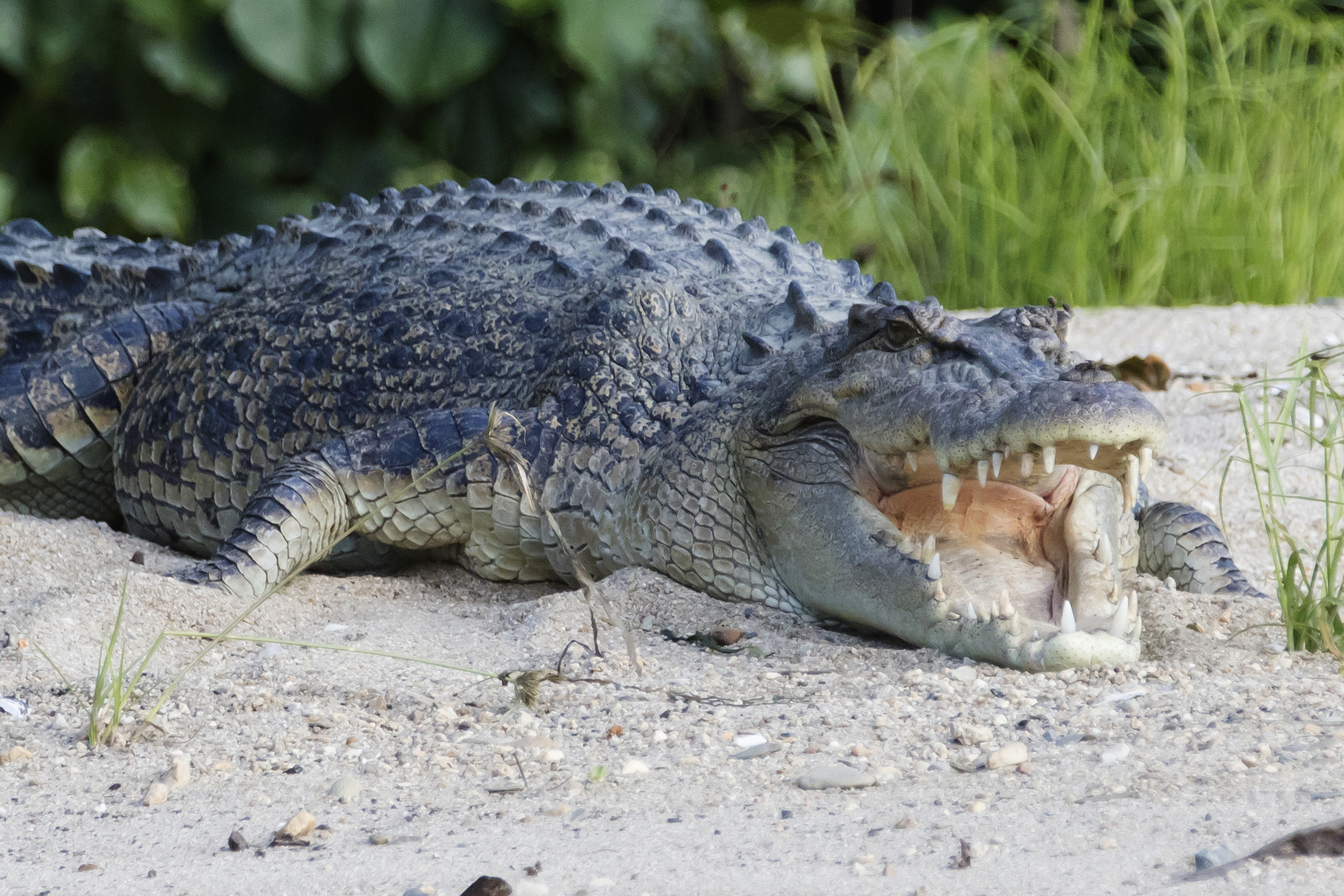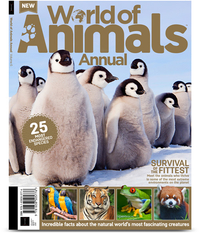Giant 14-foot-long crocodile found with human remains in stomach
The remains likely belong to a local fisherman who went missing last week, the government said.

Human remains have been found inside the stomach of a 14-foot-long (4.2 meters) crocodile on an island north of Queensland, Australia. According to local authorities, the remains likely belong to Andrew Heard, a 69-year-old fisherman who went missing from the area on Feb. 11.
Heard was last seen that Thursday afternoon when he left his yacht on Hinchinbrook Island (close to the coast of northeastern Australia) in a small fishing dinghy, according to the Australian Broadcasting Corporation (ABC) news site. When he failed to return that night and stopped responding on his radio, Heard's wife called the authorities.
His dinghy was found capsized early Friday morning (Feb. 12), showing damage indicative of a crocodile attack.
On Friday night, investigators discovered human remains in the area; the next day, they found the gigantic croc nearby, according to the Queensland government. Environmental authorities euthanized the croc and cut it open, revealing more human remains in its guts.
World of Animals Annual: $22.99 at Magazines Direct
The animal kingdom is a fascinating, beautiful and complex world, but it faces an uncertain future. In the past few years, we’ve seen Japan resume whaling and scientists warn that the next decade could prove pivotal for the Earth’s environment and its inhabitants. This annual explores some of the threats faced by 25 of the world’s most endangered creatures and meets the animals that owe their continued existence to the vital Endangered Species Act of 1973.
"The crocodile captured yesterday is believed to be the animal involved in the disappearance of a man," Queensland Environment, a local government agency, tweeted on Saturday (Feb. 13). "Our thoughts are with the family at this difficult time."
The coasts around Queensland are home to the largest species of crocodile on Earth: the saltwater crocodile (Crocodylus porosus). Saltwater crocs can grow up to 23 feet (7 m) long, though they rarely exceed 16 feet (5 m), according to the Queensland Museum. They inhabit coastal waters throughout the western Pacific, from the southern coast of India to northern Australia. And they are known to attack humans.
Indeed, two additional crocodile attacks were reported in Queensland in the last two weeks, according to Vice News. In late January, a man in his 40s was bitten on the head while swimming at Lake Placid, roughly 100 miles (160 kilometers) north of Hinchinbrook Island. The man survived with minor injuries after prying the croc's jaws open with his hands, according to news reports.
Sign up for the Live Science daily newsletter now
Get the world’s most fascinating discoveries delivered straight to your inbox.
Several days later, a 22-year-old man was attacked by a 12-foot-long (3.6 m) crocodile while swimming near Australia's northernmost tip. He survived with lacerations to his hand, and the croc was subsequently euthanized.
Originally published on Live Science.

Brandon is the space/physics editor at Live Science. His writing has appeared in The Washington Post, Reader's Digest, CBS.com, the Richard Dawkins Foundation website and other outlets. He holds a bachelor's degree in creative writing from the University of Arizona, with minors in journalism and media arts. He enjoys writing most about space, geoscience and the mysteries of the universe.











